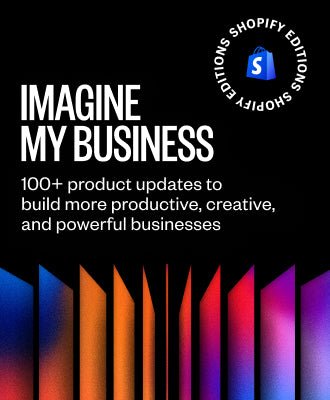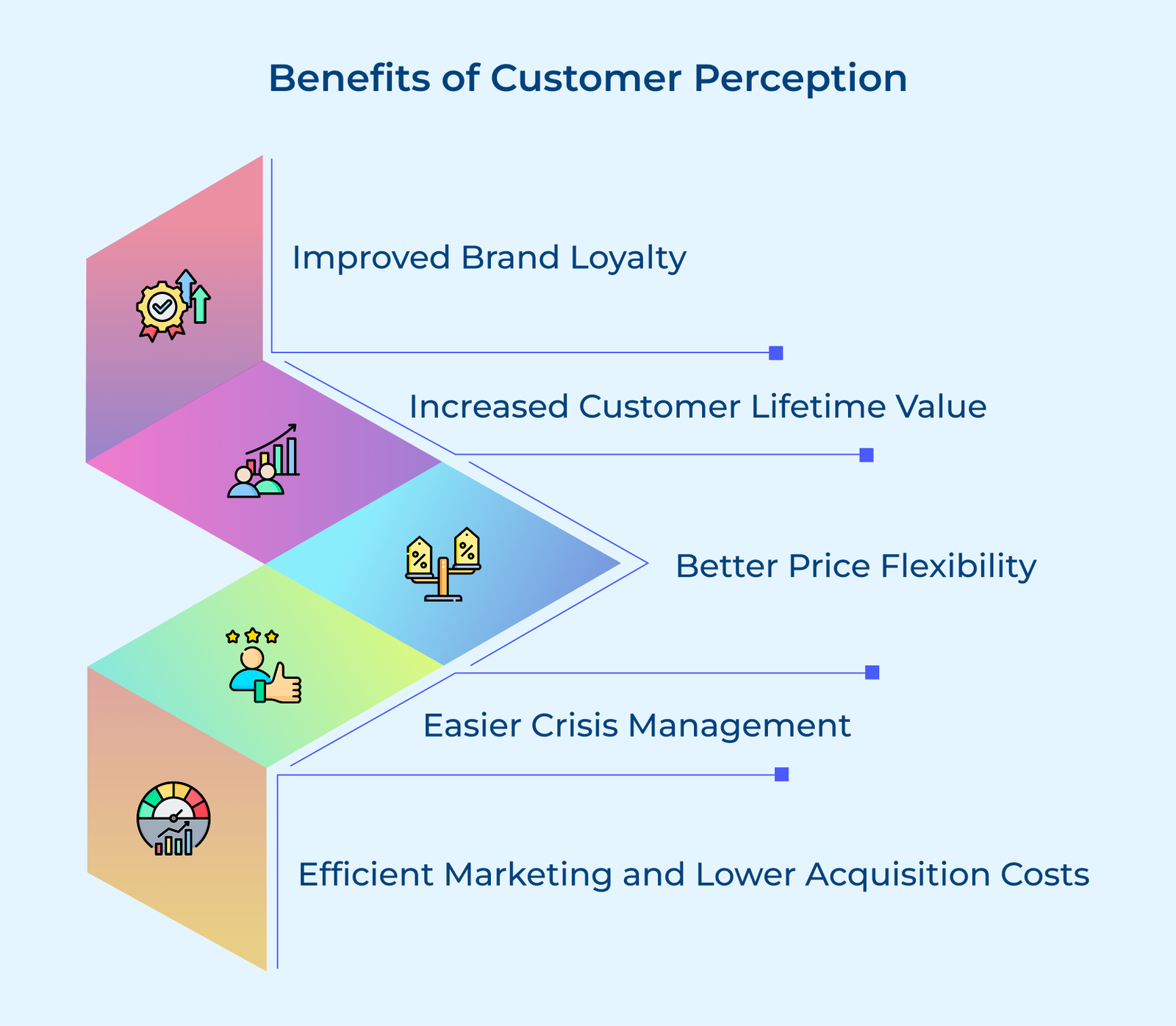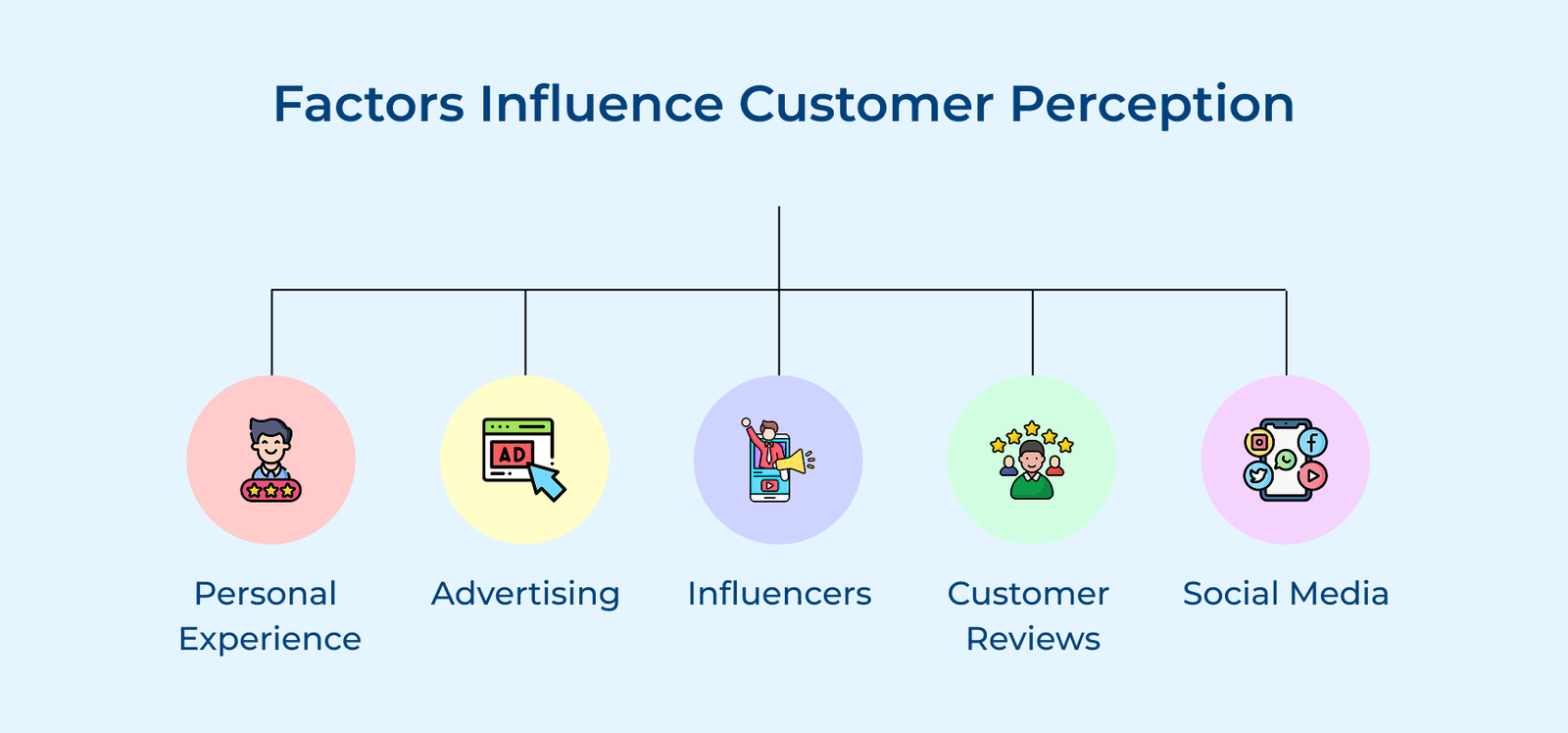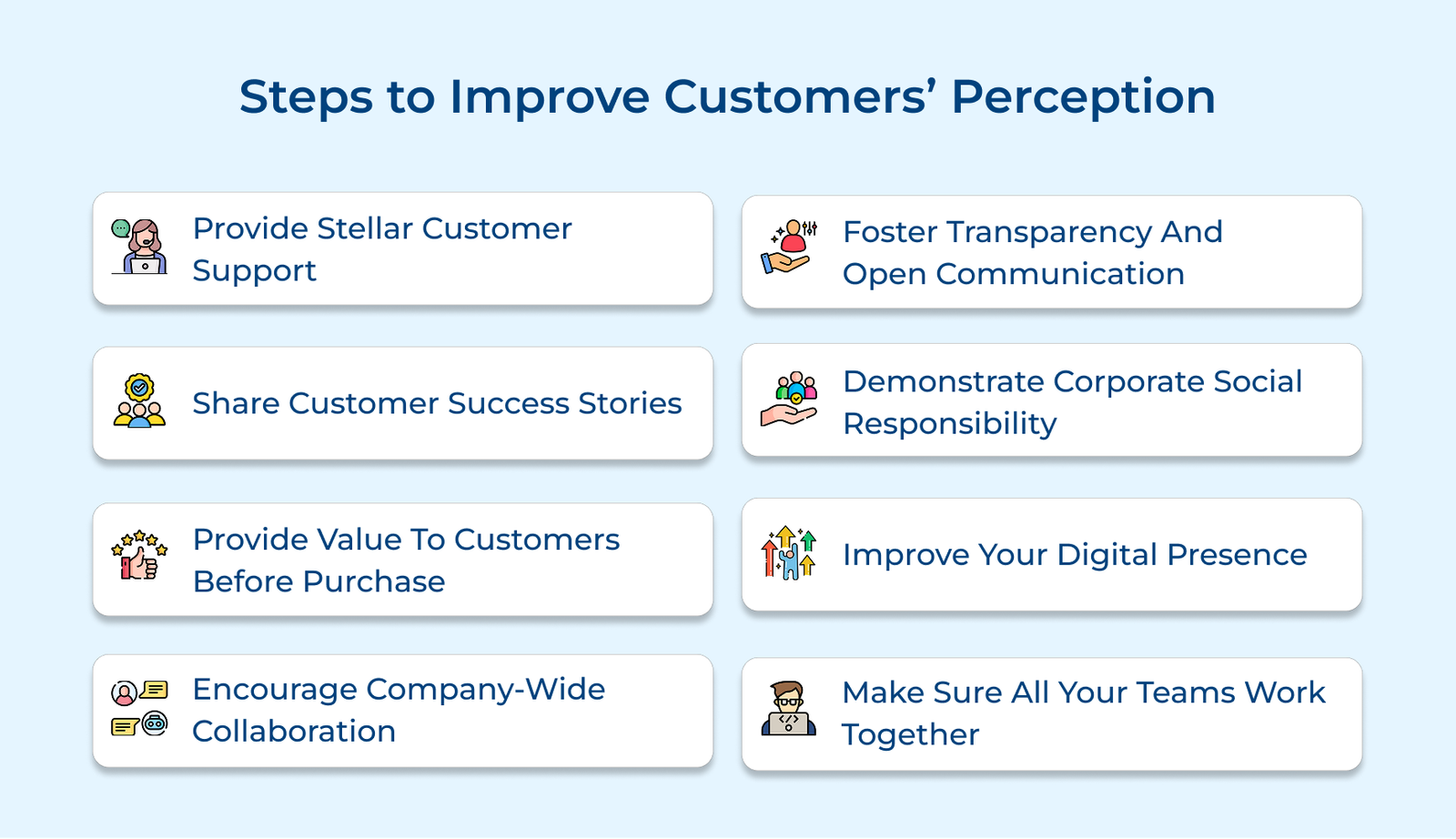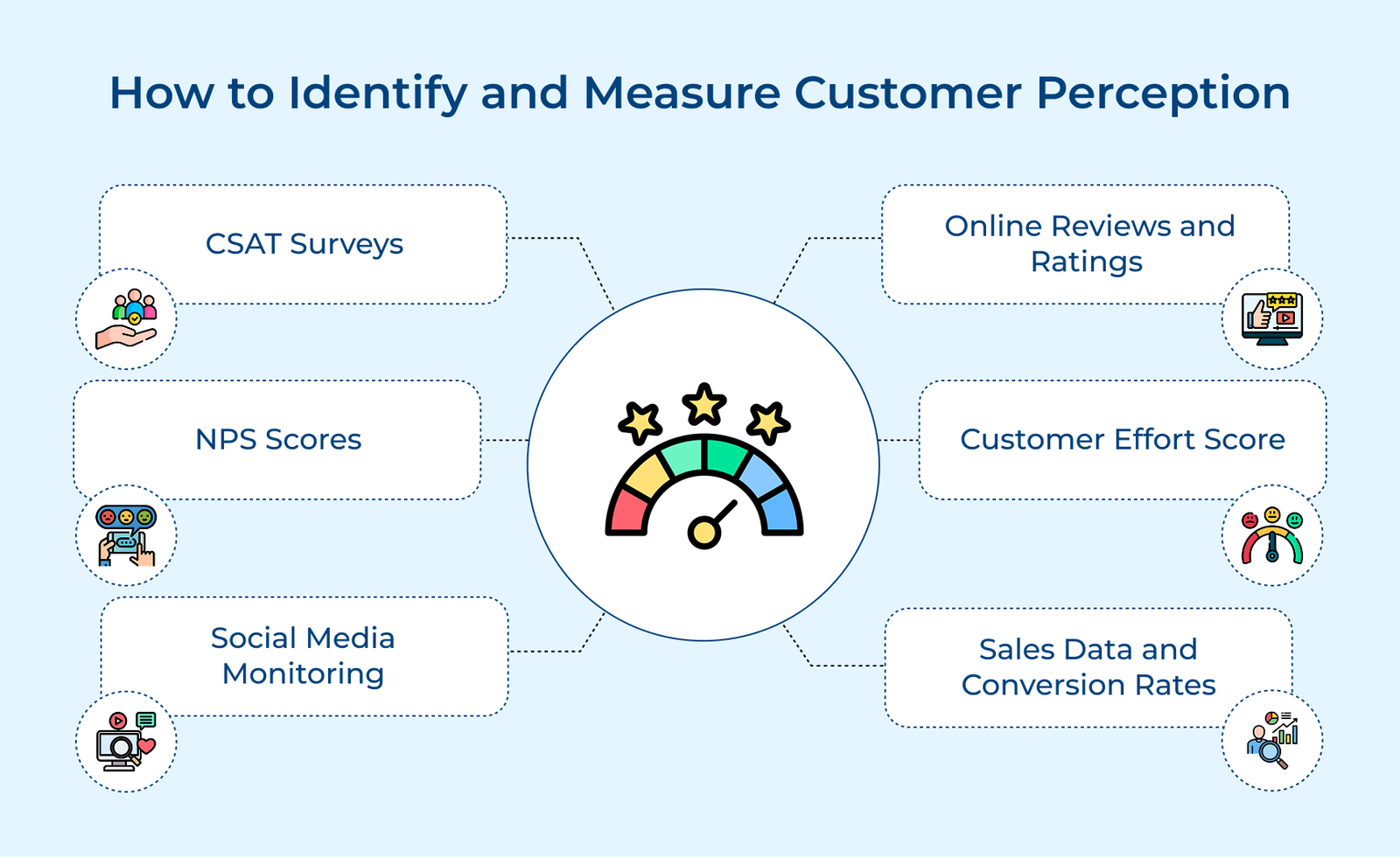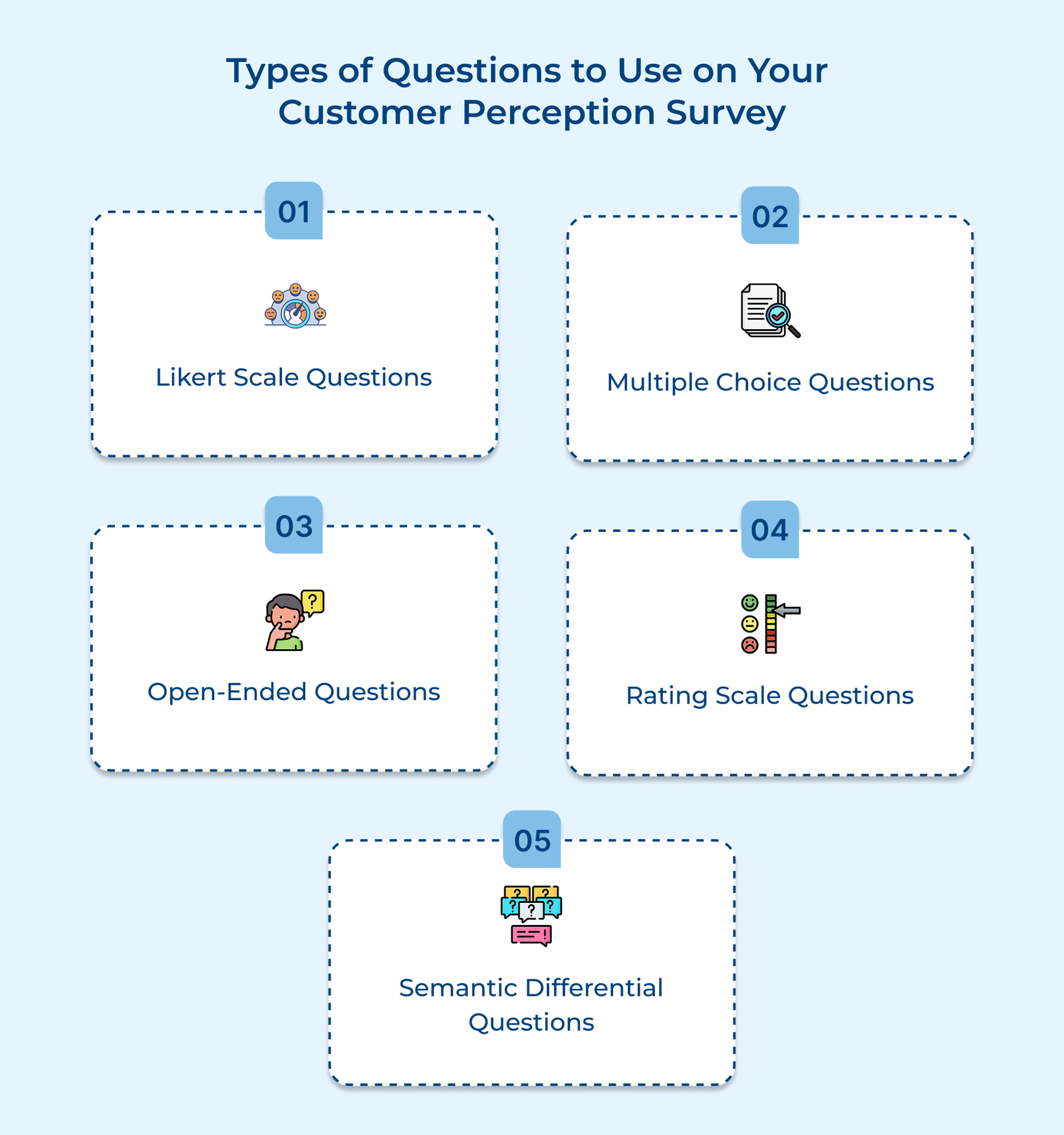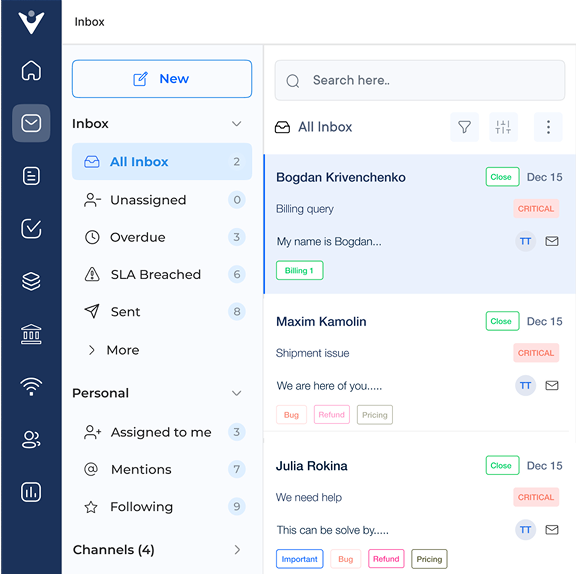1. Likert Scale Questions
Likert scale questions invite respondents to rate their agreement with a statement on a fixed scale, usually from “Strongly Disagree” to “Strongly Agree.” The format is ideal for capturing attitudes, yielding quantifiable data that’s easy to analyze and track over time.
Examples:
- “Our product meets all of your needs.” (1 – Strongly Disagree to 5 – Strongly Agree)
- “The customer service team helped resolve your issue.” (1 – Strongly Disagree to 5 – Strongly Agree)
- “You would recommend our company to friends or colleagues.” (1 – Strongly Disagree to 5 – Strongly Agree)
2. Multiple Choice Questions
Multiple-choice questions present respondents with a set of predefined options, making it easy for them to share their preferences, behaviors or experiences. The format simplifies responses and generates structured data for analysis.
Examples:
- “How did you discover our company?” (Options: Social Media, Word of Mouth, Advertisement, Search Engine, Other)
- “What feature of our product do you value the most?” (List of product features)
- “How frequently do you use our product?” (Options: Daily, Weekly, Monthly, Rarely, Never)
3. Open-Ended Questions
Open-ended questions invite respondents to share their thoughts in their own words. The questions are excellent for gathering qualitative insights, revealing unexpected perspectives and exploring the reasons behind customer perceptions. While they yield rich, detailed information, they do require more effort to analyze.
Examples:
- “What do you love most about our product or service?”
- “What improvements would enhance your experience with us?”
- “If you could change one thing about our product, what would it be and why?”
4. Rating Scale Questions
Rating scale questions invite respondents to score an attribute or experience, typically from 1 to 10. The questions effectively measure satisfaction, quality or likelihood, offering easily comparable and trackable quantitative data over time.
Examples:
- “On a scale of 1-10, how satisfied are you with our product?”
- “How likely are you to buy from us again? (1 – Not likely, 10 – Very likely)”
- “Rate the quality of our customer support. (1 – Poor, 10 – Excellent)”
5. Semantic Differential Questions
Semantic differential questions use a scale between two opposing adjectives to gauge perceptions. They’re ideal for brand surveys, capturing the nuanced feelings customers have about different aspects of your brand or product.
Examples:
- “How would you describe our brand? (Traditional 1 2 3 4 5 Innovative)”
- “Our customer service is: (Unhelpful 1 2 3 4 5 Very Helpful)”
- “Our product design is: (Outdated 1 2 3 4 5 Modern)”
Examples of Customer Perception
Below are some compelling real-life customer perception examples that can make or break a customer relationship, equipping you with the knowledge to transform your brand’s approach.
1. Apple
Apple has masterfully cultivated a perception of innovation, simplicity and premium quality through sleek designs, intuitive interfaces along strategic marketing. Their stores offer a unique hands-on experience that reinforces the premium image, while iconic campaigns like “Think Different” generate significant buzz and excitement.
The strong perception allows Apple to command higher prices, leading to industry-leading profit margins. The brand enjoys exceptional loyalty, with customers eagerly awaiting new releases and often owning multiple Apple devices. As of 2024, Apple stands as one of the world’s most valuable brands, boasting a market capitalization exceeding $3 trillion.
2. Zappos
Zappos, the online shoe and clothing retailer, has earned its reputation through outstanding customer service. They prioritize customer satisfaction with a 365-day return policy, free shipping both ways and 24/7 support. Their empowered representatives go the extra mile, even at a loss, creating a perception of genuine care for their customers.
The customer-centric philosophy fueled rapid growth, leading to Amazon’s acquisition of Zappos for $1.2 billion in 2009, highlighting the value of its service model. Zappos remains a benchmark for customer satisfaction, enjoying high repeat purchase rates and strong word-of-mouth marketing.
3. Tesla
Tesla has positioned itself as a game-changer in the automotive industry, emphasizing sustainability and cutting-edge technology. They’ve cultivated an image as the future of transportation by offering innovative electric vehicles, over-the-air software updates and the visionary leadership of Elon Musk. Their direct-to-consumer sales model further reinforces their disruptive reputation.
Tesla has become the world’s most valuable automaker by market capitalization, despite selling fewer cars than traditional brands. Tesla’s success has compelled the entire automotive industry to accelerate its shift toward electric vehicles with a passionate fan base that serves as brand ambassadors.
4. Patagonia
Patagonia has established itself as a leader in environmental responsibility and social consciousness. They promote sustainable manufacturing, political activism and campaigns like “Don’t Buy This Jacket,” urging consumers to consider the environmental impact of their choices. Their focus on quality and durability enhances their eco-friendly image.
The commitment resonates deeply with environmentally conscious consumers, enhancing strong brand loyalty and a willingness to pay premium prices. Patagonia’s revenues have steadily surpassed $1 billion annually. Yvon Chouinard transferred ownership to a trust and nonprofit dedicated to combating climate change in 2022, further solidifying their dedication to environmental causes.
5. Starbucks
Starbucks has crafted its identity as a “third place” between home and work, providing a cozy environment for relaxation. Through thoughtful store design, customizable drinks and perks like free Wi-Fi, they create an inviting atmosphere. Their commitment to ethical sourcing and community engagement further enhances their image as a socially responsible brand.
The strategy has propelled Starbucks to become the world’s largest coffeehouse chain, boasting over 30,000 locations globally. Their ability to command premium prices results in impressive profit margins. Starbucks’ successful loyalty program capitalizes on its role as a daily ritual for many, driving repeat business and gathering valuable customer insights.
Elevate your Brand with Customer Perception Mastery
Mastering customer perception is crucial for elevating your brand in a competitive landscape. Businesses can create a lasting impression by understanding how customers view your brand and differentiate you from competitors.
Enhancing consumer perception directly boosts your ROI through increased repeat purchases, higher customer lifetime value and amplified word-of-mouth marketing. A strong, positive brand image can also justify premium pricing, leading to greater profit margins that can be reinvested into enhancing products, services and customer experiences.





